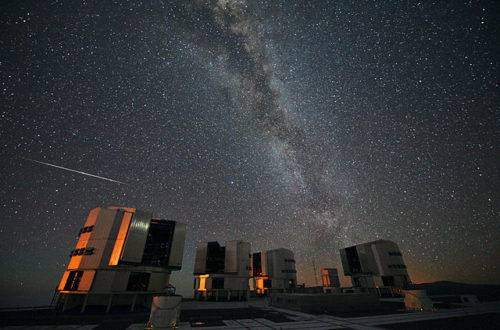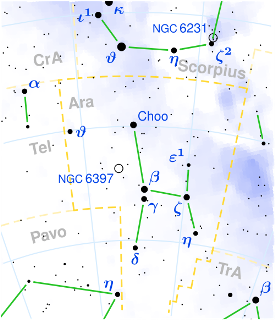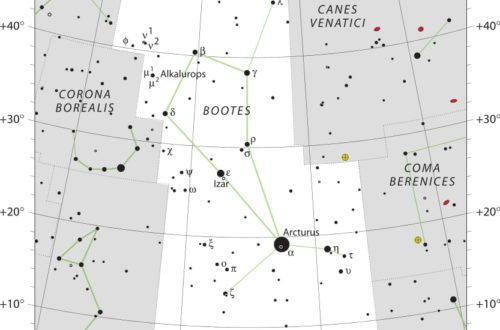Monthly Stargazing Calendar for August 2011
Looking for the August 2024 stargazing calendar?
This month on the 12 and 13 the Perseids Meteor Shower will peak. It is one of the best meteor showers to observe because it can produce up to 60 meteors per hour at the peak. You may also be able to see some meteors any time from July 23 to August 22. The meteors will appear to radiate from the constellation of Perseus. Unfortunately we will have a full moon this year which will hide the fainter meteors with its glare. However with up to 60 meteors per hour during the peak even if you can only see a portion of them it would still be a great show. It is recommended to find a location far away from city lights in order to minimize light pollution.
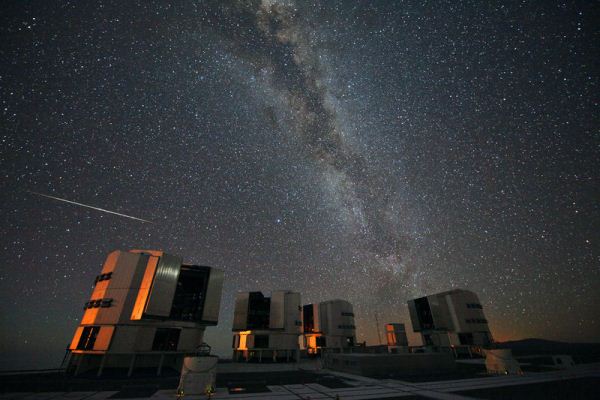 In this photo by ESO/S. Guisard we can see last year’s Perseids meteor shower over the VLT (Very Large Telescope).
In this photo by ESO/S. Guisard we can see last year’s Perseids meteor shower over the VLT (Very Large Telescope).
Would you like to be notified of stargazing events?
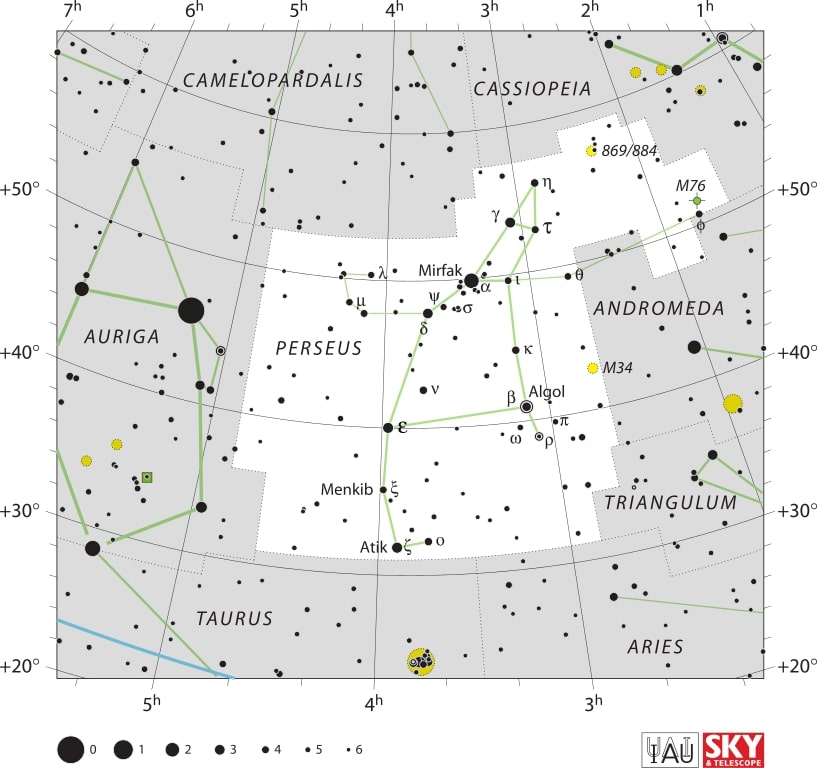
On August 11 Neptune will be at opposition. This means that the planet will be at its closest approach to Earth and its face will be fully illuminated by the Sun. This is the best time to view Neptune. Unfortunately, due to its great distance, it will not be visible with the naked eye and you would need a telescope. Even then, it would appear as a tiny blue dot in all but the most powerful telescopes.
 Neptune as seen by Voyager 2.
Neptune as seen by Voyager 2.
Moon phases
As you know, the Moon has a big impact on the visibility of celestial bodies in the night sky. So here are the Moon’s phases for this month:
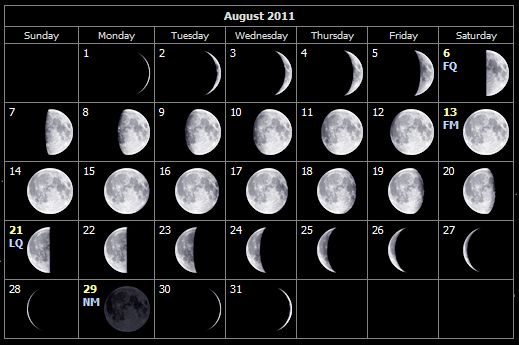
Positions of the planets this month
Mercury: The closest planet to the Sun can be seen at dawn and dusk at the edge of the constellation of Leo. This planet, being the closest to the Sun, will appear to move quickly in the night sky and its position will change in the following weeks.
Venus: The sister planet can be seen within the constellation of Cancer. Just like Mercury, the planet can only be seen at dawn and dusk.
Mars: The red planet can be seen between the constellations of Taurus, Gemini and Orion. Four bright stars can also be seen nearby. They are: Aldebaran, Alnath, Alhena and Betelgeuse.
Jupiter: The gas giant is visible between the constellations of Pisces, Cetus and Aries. Jupiter can easily be spotted with the naked eye, even in highly illuminated cities.
Saturn: The ringed giant can be seen with the naked eye in the middle of the Virgo constellation, not far from the bright stars Spica and Vindemiatrix.
Uranus: The gas giant can be seen between the constellations of Pisces and Cetus with the use of a telescope.
Neptune: The blue giant requires a telescope pointed in the constellation of Aquarius in order to be seen.
Astronomical events next month
- September 23 – September Equinox.
- September 25 – Uranus at Opposition.
See also:
- Previous month’s calendar: Stargazing Calendar for July 2011
- Next month’s calendar: Stargazing Calendar for September 2011
Would you like to receive similar articles by email?



